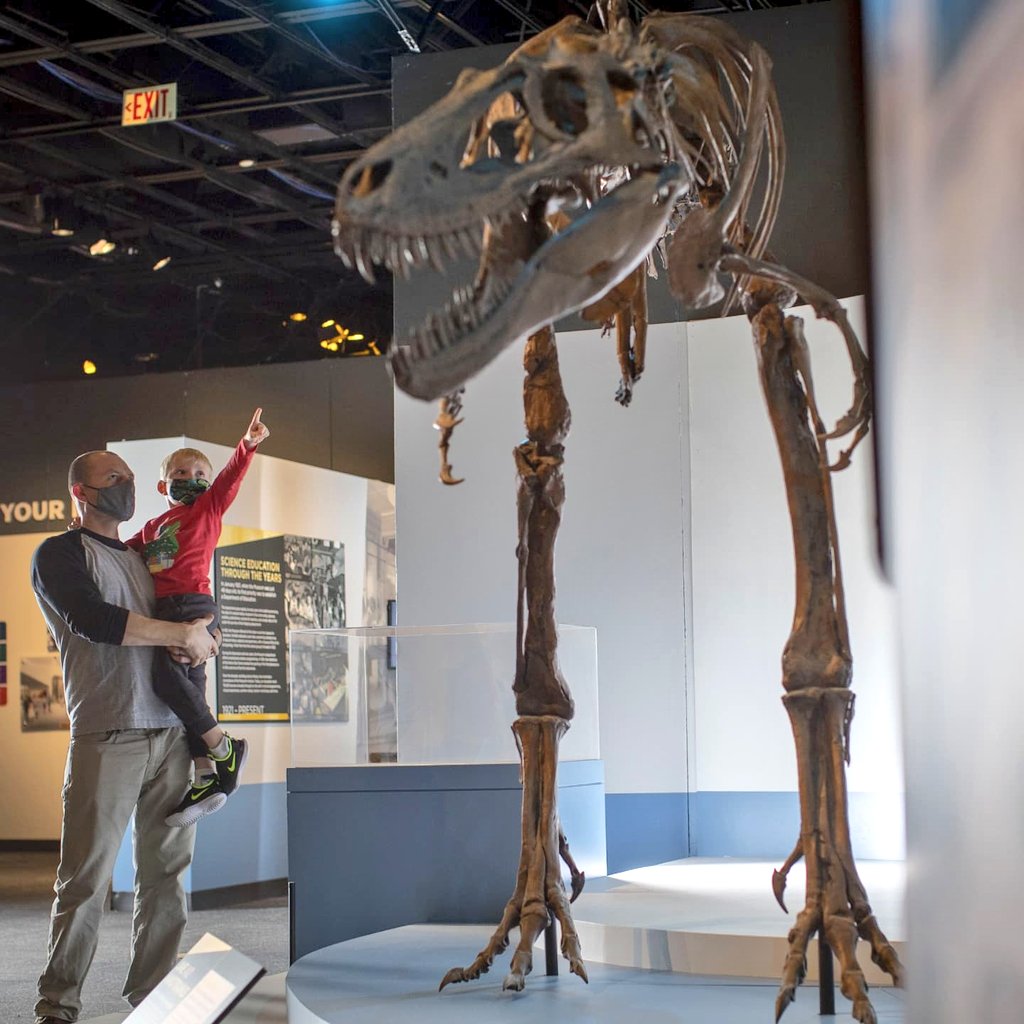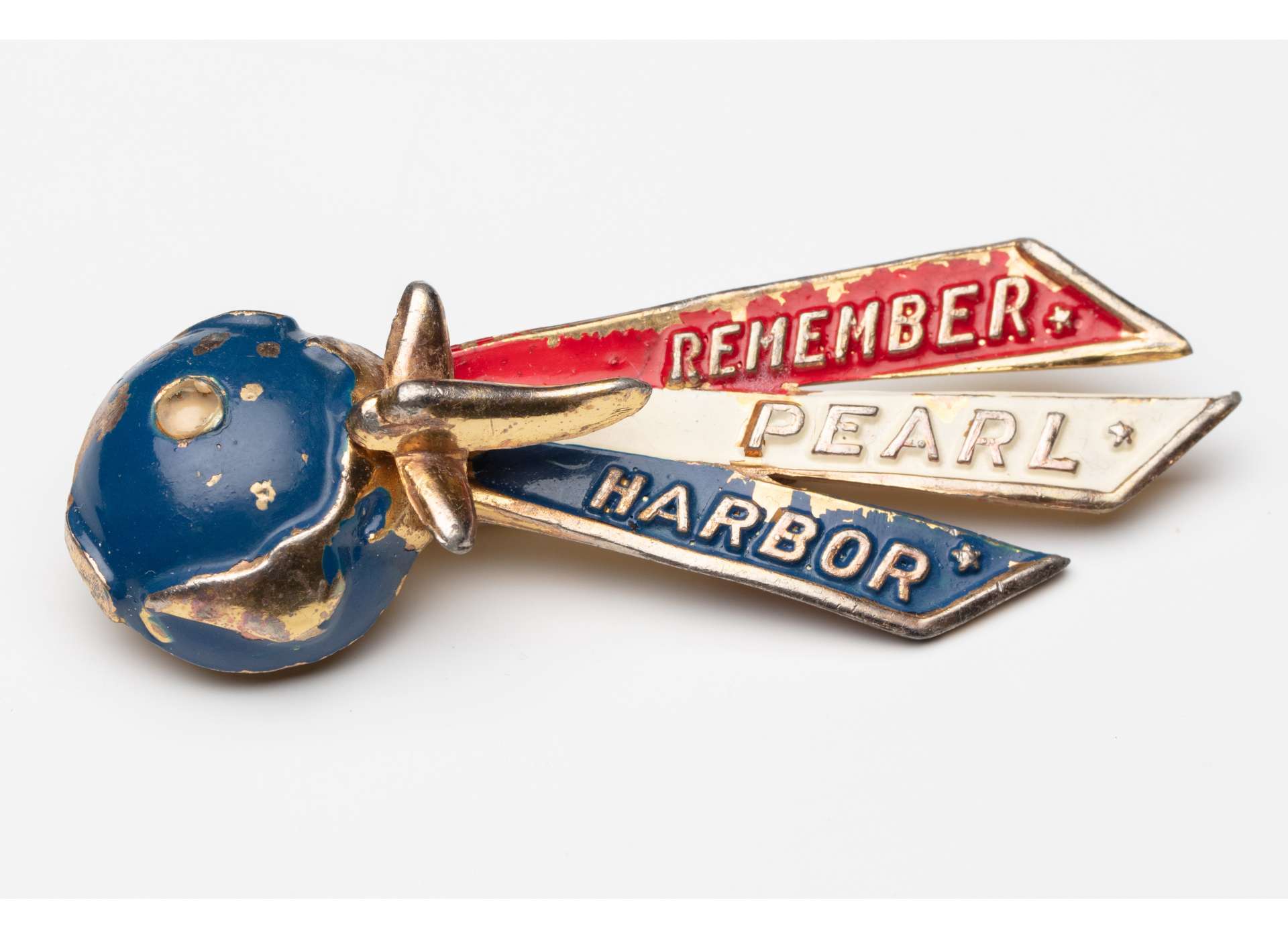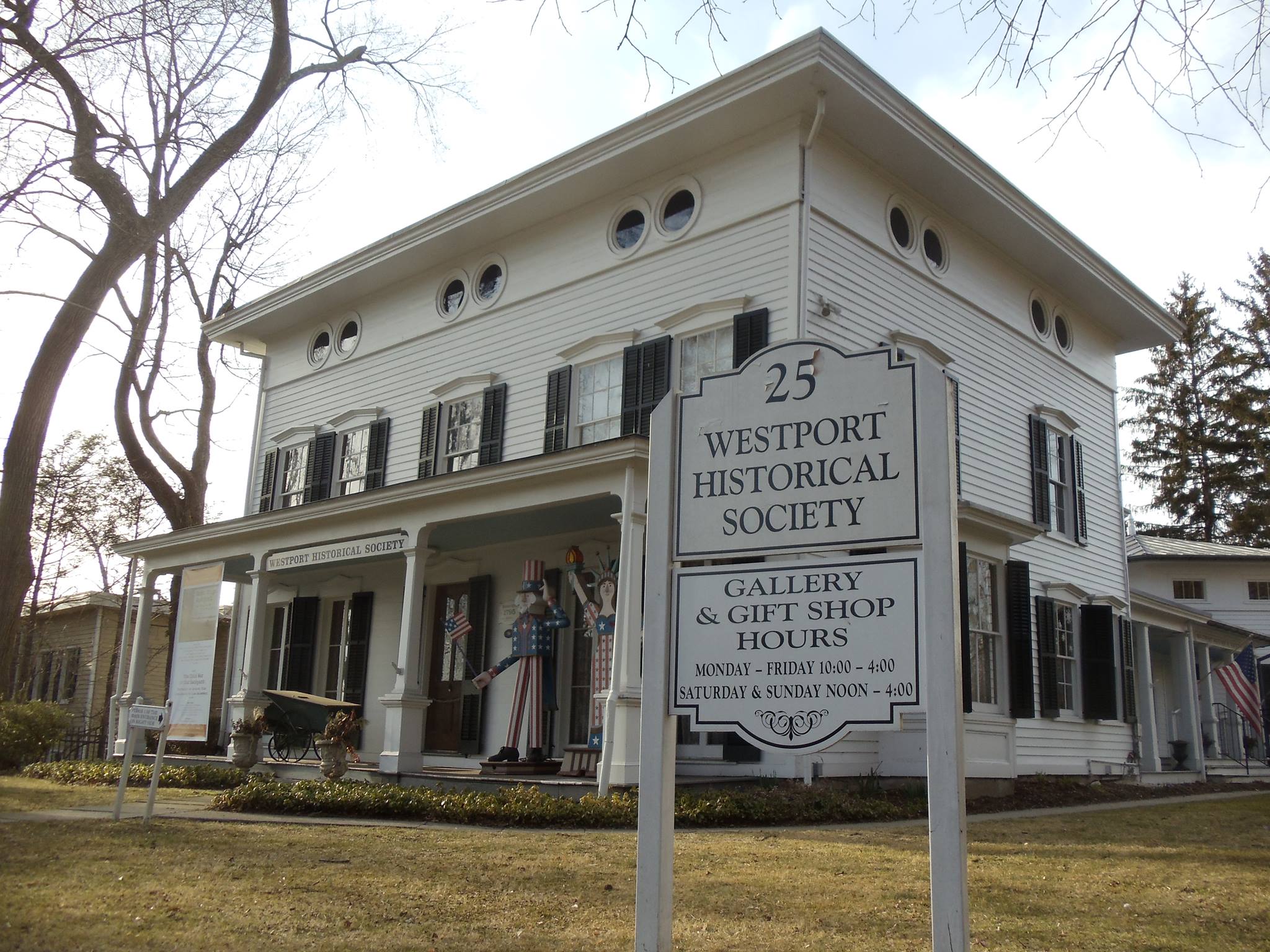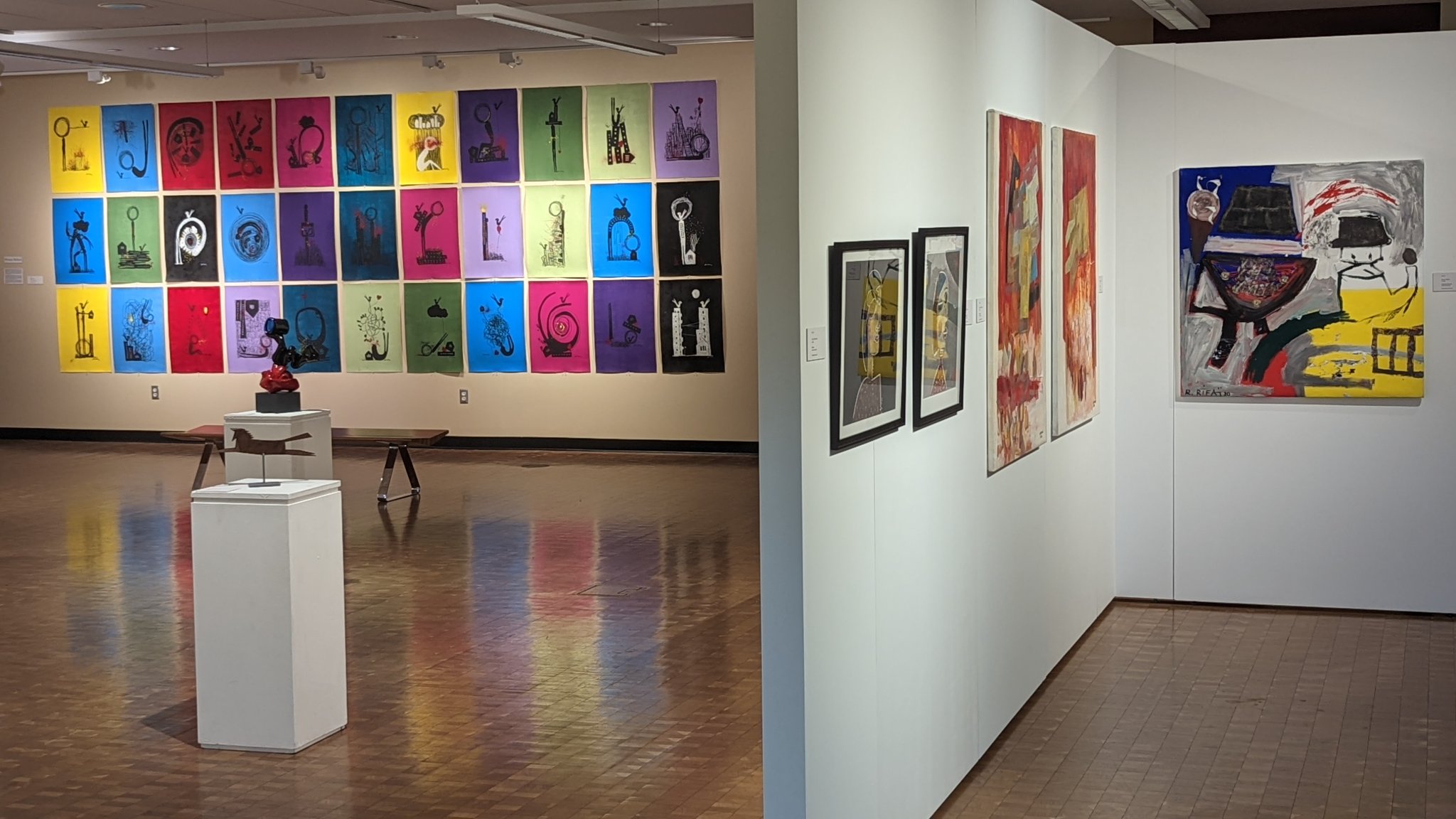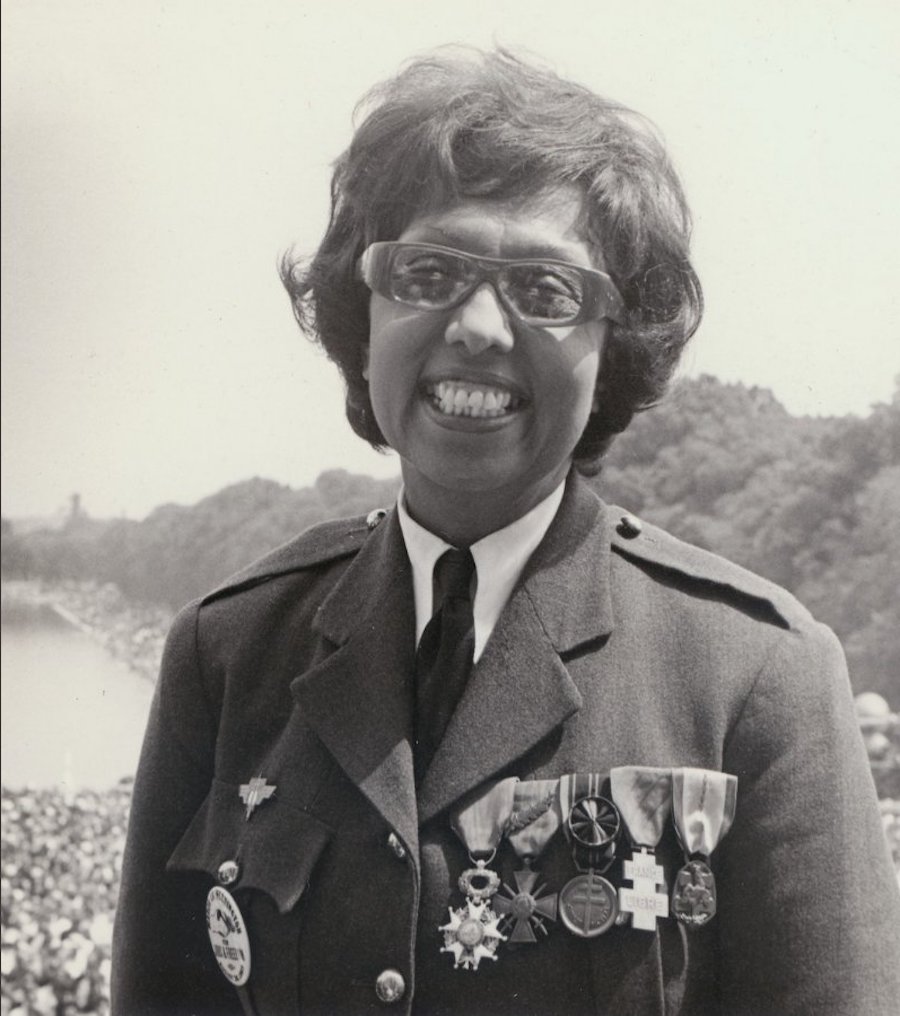Motown Museum

Motown Records may soon have another hit on its hands, or at least the museum dedicated to chronicling the history of the record label will.
The Motown Museum, also known as Hitsville U.S.A, is back in business after an almost five-month shutdown due to the global pandemic, which left many museum doors closed. While many things have changed, such as wearing face masks, social distancing, and a new exhibition, other elements remain the same, chiefly the nostalgia older patrons feel as they walk through the same halls Diana Ross once frequented.
“Motown is not the only music Detroit is known for,” said Christian Matijas-Mecca, associate professor of music, theatre and dance at the University of Michigan. “But the museum is important because it’s probably the most easily identified genre of music where a lot of people know what the music is. Motown is known around the world.”
This is plainly showcased by a map of the world embroidered with pins noting where each visitor to the museum has journeyed from. According to the map, people have come from places like Turkey, Australia, and little islands in the Pacific to get a glimpse of the history that is Motown.
Berry Gordy founded Motown in 1959. The museum, which opened in 1985, focuses on the songs, albums, and artists that made up the “sound of young America” in the 1960s and beyond. Memorabilia of iconic artists like Marvin Gaye, Michael Jackson, the Supremes, and many others occupy space for fans to look at and learn while they tour the grounds.
“The hitsville house became something of a music factory, with Gordy purchasing neighboring houses and staff to provide deportment and press training for rising stars,” said the museum tour guide on a recent visit.
The reopening unveiled a new exhibit titled Capturing A Culture Change: Motown Through The Lens of Jim Hendin. This display was co-curated by then Motown photographer Jim Hendin and is a showcase of his work capturing the transformation of the label during its heyday in the ‘60s and ‘70s.
Read the full article here.







